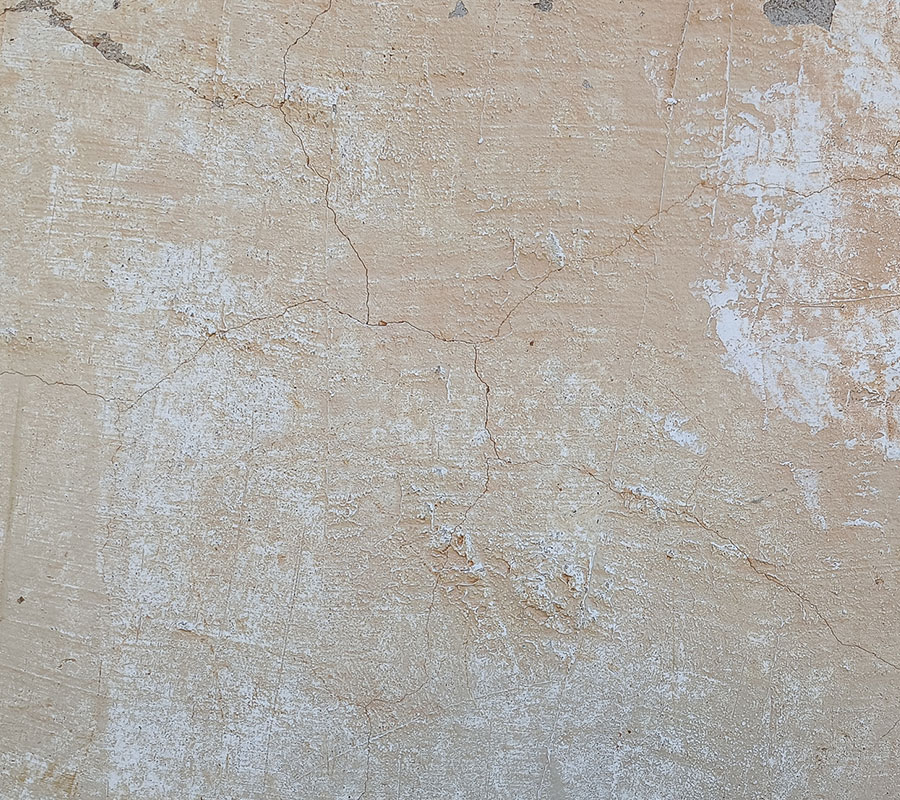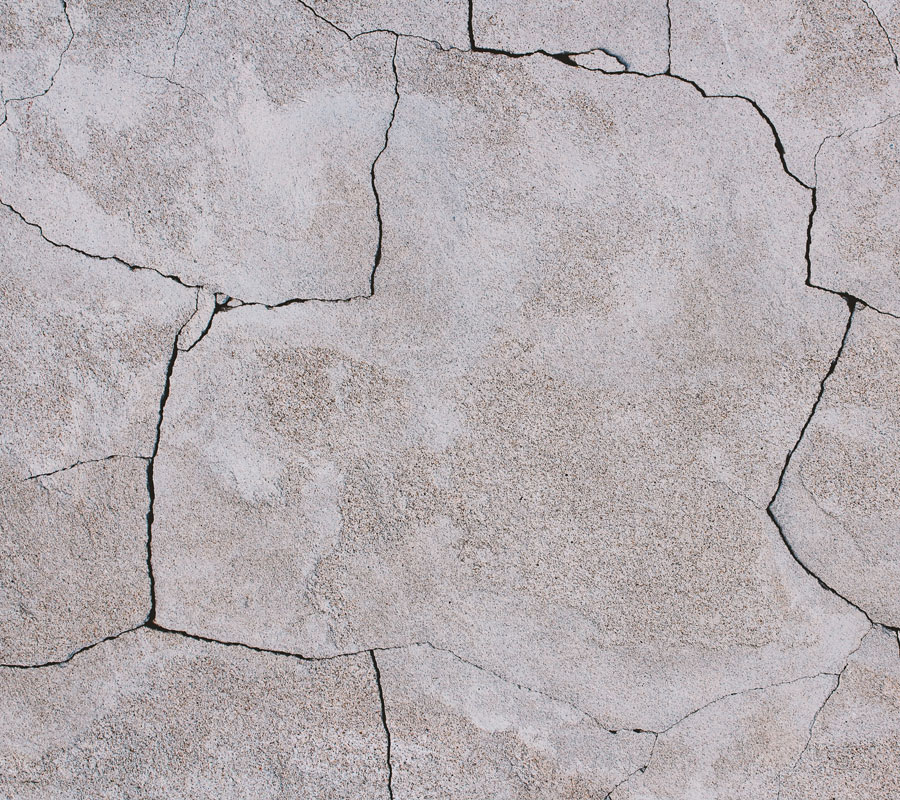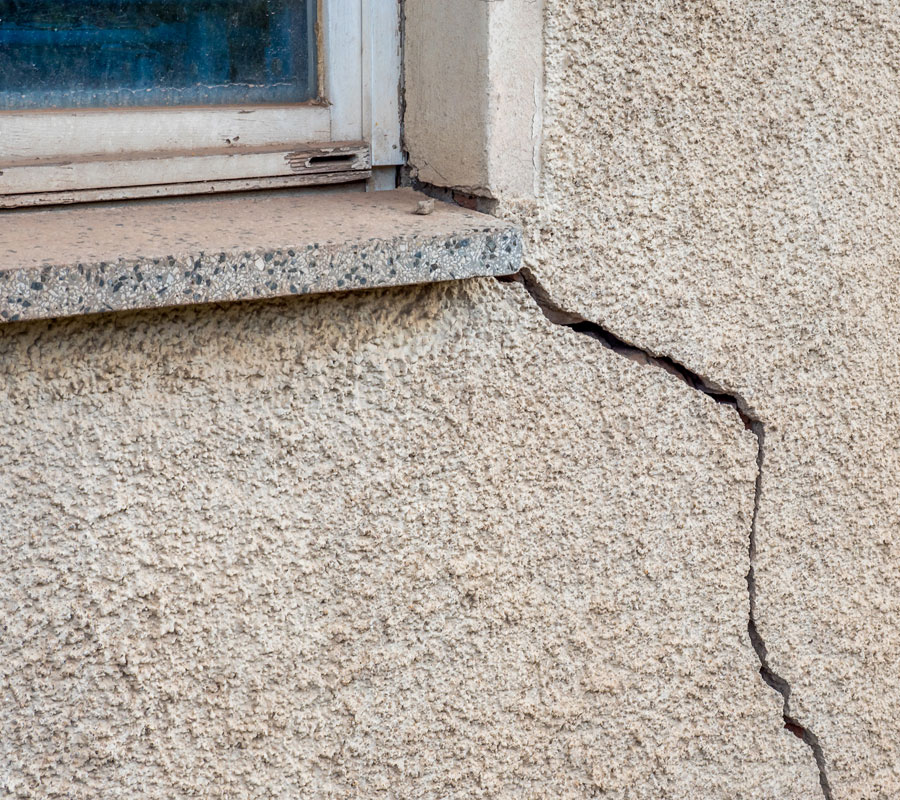Stucco can be a durable exterior, but it can also be vulnerable to impact damage, poor workmanship problems, home settling, foundation problems, and stucco cement expansion. These factors can cause various cracks. A general understanding of common stucco cracks can be valuable to all homeowners.
Stucco Hairline Cracks
Most hairline stucco cracks are a sixteenth of an inch (1/16) or smaller. Cracks bigger than 1/16 of an inch are not from common hairline problems like stress from movement, and further investigation should be done. When hairline stucco cracks are accompanied by interior drywall cracks, sloped floors, and warped door framing, your home’s foundation could be the cause.

Stucco Web Cracks
Stucco web cracking can visually appear very alarming, but it does not usually indicate a severe structural problem with your home. In most cases, these cracks only suggest that the base coat of stucco is faulty and lacks proper curing. Stucco cement base coats that do not cure properly can result from the mix being over-saturated with water or not correctly applied according to the temperature outside.

Stucco Pattern and Outline Cracks
Unlike sporadic-looking stucco web cracks, defined and patterned stucco cracks are a deeper issue with the lath underneath the layers of stucco. Lath pattern cracks indicate that the lath was not properly fastened or nailed to the home’s exterior. Loose lath can cause more severe problems for your exterior if not correctly fixed. More cracking will continue, and the exterior of your home will be compromised, leading to possible water intrusion.

Stucco Cracks Around Windows and Doors
After some seismic movements and house settling, some homeowners will notice some diagonal stucco cracks around the perimeter of their doors and windows. Always inspect the size and depth of these cracks to determine the severity. Water intrusion and signs of foundation problems can be apparent with wider versions of these cracks (bigger than 1/8 of an inch). Regardless of size, the appearance of diagonal stucco cracks warrants an inspection from a building and structural professional to determine the health of your foundation.

General Stucco Quality Standards
- Stucco should be 7/8 of an inch thick after being applied; thin stucco is not durable and will crack easily with time or under stress.
- Stucco applied to wood framing needs to have a fastened paper lath base with appropriate fastener length and spacing to prevent popping or loose lath as the wood expands and shrinks.
- Stucco repairs on painted surfaces need to have a bonding agent applied over the surface first to allow the stucco to bond to the surface.
- Follow manufacturing standards on curing time when possible. Thirty days is the standard cure time in most instances; in other cases, a good 8 to 15 days minimum should be followed before considering painting.


